Construction of post-tensioned slabs on grade is very similar to using reinforcing steel, except for the tensioning step. Cables are arranged as indicated by the engineer and chaired to run through the center of the slab. For residential construction, tendons at 48 inches on center are common. Commercial foundations will have much more steel. Tendons can be easily routed around obstructions.
A residential post-tensioned concrete slab will typically be 8 inches thick and use 3000 psi concrete. Once the concrete has gained strength to 2000 psi, typically within the 3 to 10 days recommended by PTI, the tendons are stressed.
Tendons today are seven high-strength steel wires wound together and placed inside a plastic duct. At each end a PT anchor is located and these are located in pockets embedded into the slab edge. When the strands are stressed, the wires will stretch—about 4 inches for a 50 foot strand—to apply 33,000 pounds of load.
Stressing should only be done by qualified workers. After stressing, the tendon is cut off and the pocket in which the anchors are located is filled with grout to protect them from corrosion.
Larger structural concrete members may also be post-tensioned, especially in bridges and floors and beams in parking structures. The process is very similar to that used for slabs, except on a bigger scale. One interesting difference is that the tendons will often be “draped” so that they are low at the midpoint of a beam and high at the supports—this places the steel at the point of highest tension where it can keep the concrete held together tightly. With structural members the duct is often grouted full following stressing to bond the strand to the concrete along its entire length—these are called bonded tendons. Unbonded tendons, used in residential slabs, remain free to move within the duct and are protected from corrosion by grease.





